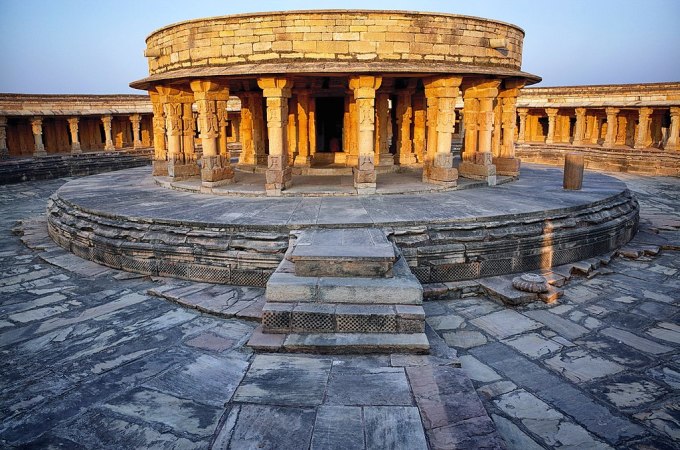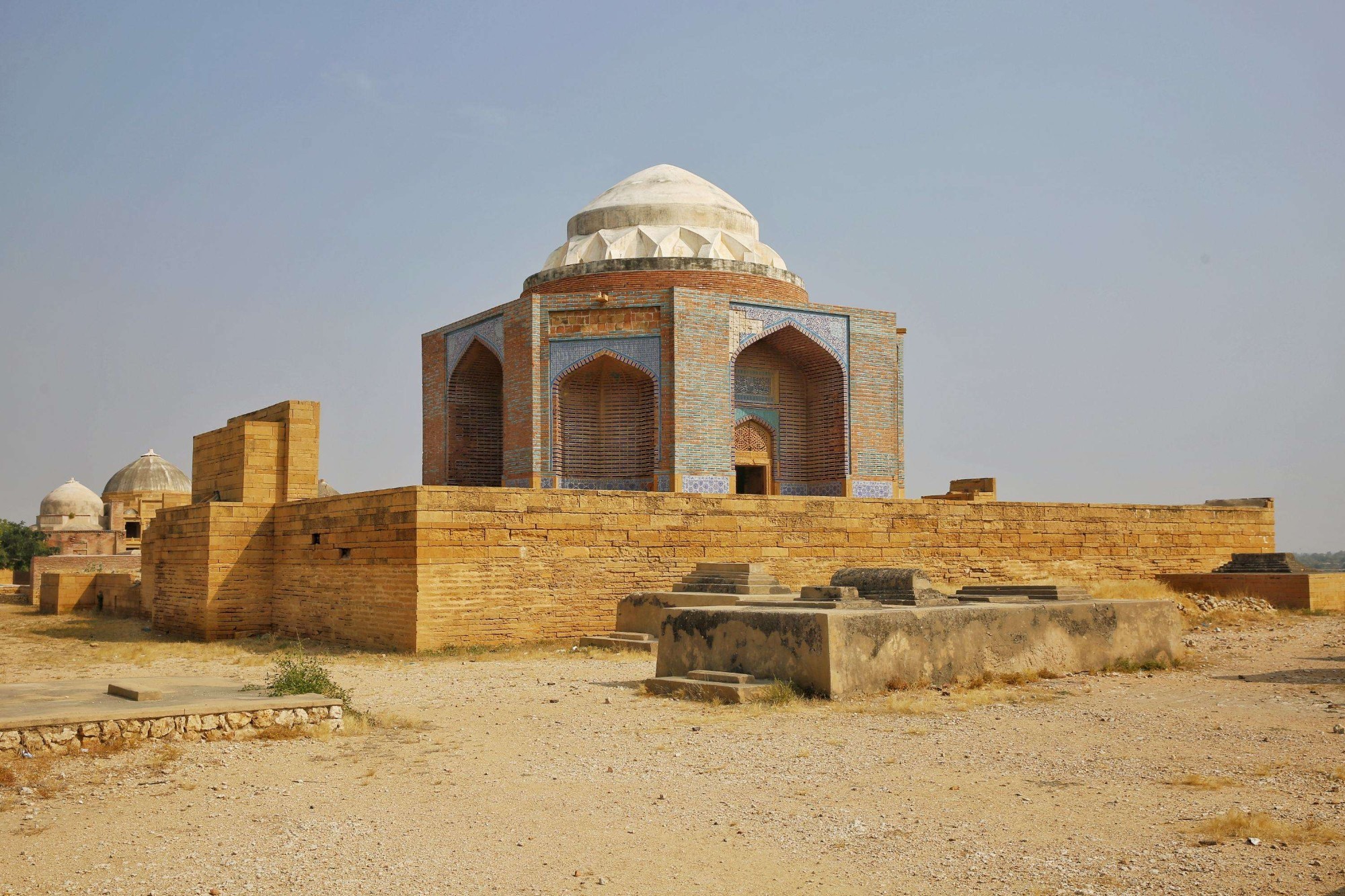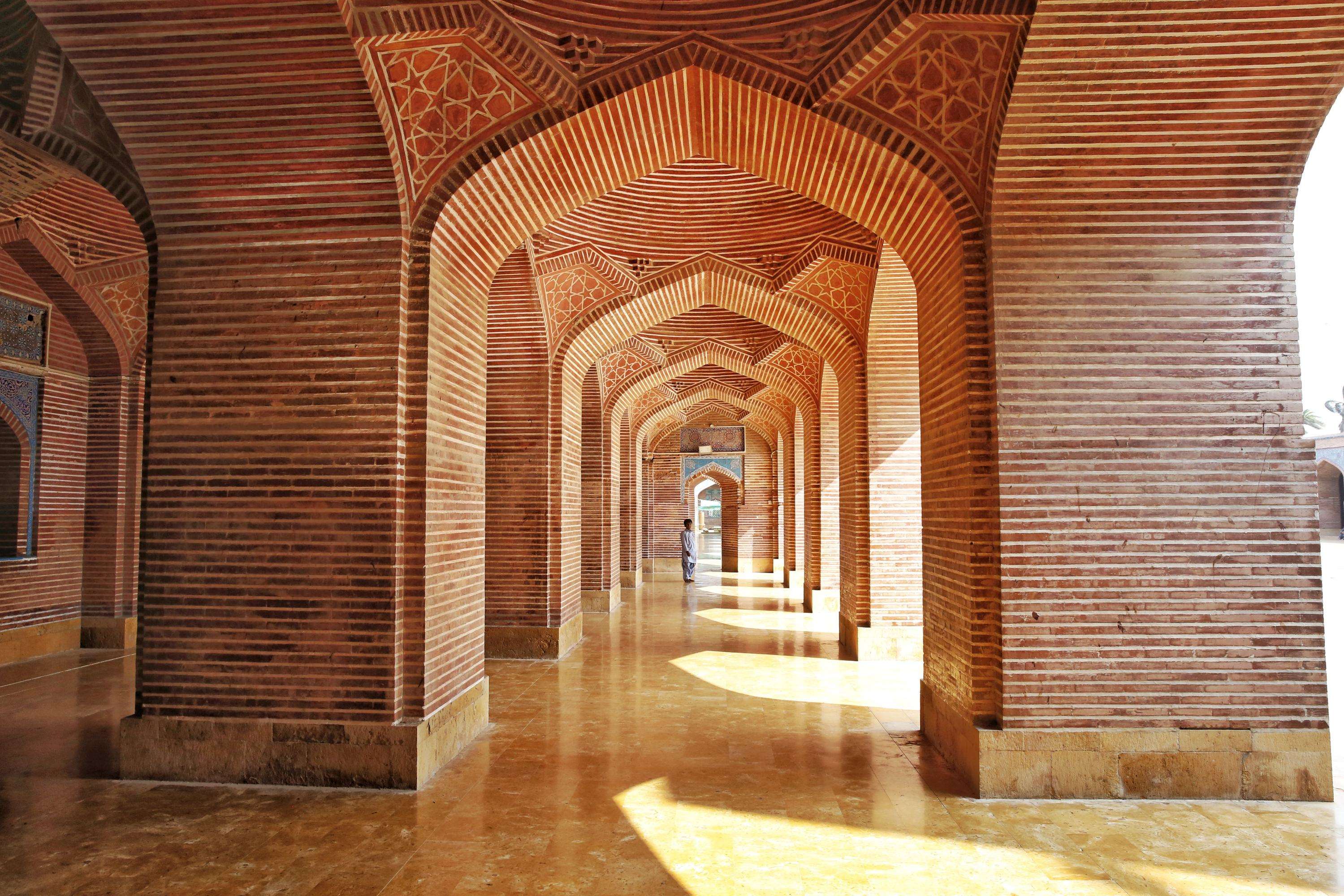Thatta Makli
The vast cemetery holds half a million graves and covers an area of about 10 square kilometers. Kings, queens, satraps, saints, scholars and philosophers are all buried here, some of them decorated with glazed tiles. People call it "the lost city". The site contains one of the richest sources of historical information.
From the end of the 15th century to the middle of the 18th century, Tata city was the seat of the Mughal court and the academic and cultural center, and later due to several wars, the city gradually declined. Today, only tombs, spiritual temples, and Muslim temples remain, known as the “lost city”. The recently restored Shah Jahan Grand Mosque was commissioned by Shah Jahan of the Mughal dynasty in 1647 and consists of two parts: In front of the elegant forest garden, there are trees, corridors, fountains, flower beds, lawns; The monastery behind it has a magnificent prayer square, an elaborate sutra room, an arch decorated with vine patterns, geometric patterns and popular floral patterns, and scriptures and inscriptions from the “Koran” are intricately written on them. Standing under the tabernacle dome and calling softly, across the broad prayer square, it can be heard clearly under the opposite tabernacle dome. Tata is also famous for its huge mass graves. There are nearly a million graves in the nearby Macri Mountains, covering an area of six square kilometers. Buried in the tomb are emperors, queens, military generals, scholars and poets of various dynasties. Among them, the tombs of the successive governors of the Tata dynasty are magnificent and luxurious, the tombs are surrounded by huge marble carved columns, above which are cornices carved in stone, and the front is a marble arch; The five arched glazed tile towers on top of the marble bedroom hall in the middle of the cemetery, straight into the sky; In the middle of the marble floor is a symbolic sarcocoffin placed on a square base of white marble, and the dead are buried deep underground according to Muslim custom. The basings and sarcophagus are beautifully embossed and detailed, showing the splendid culture of the Mughal Dynasty.






